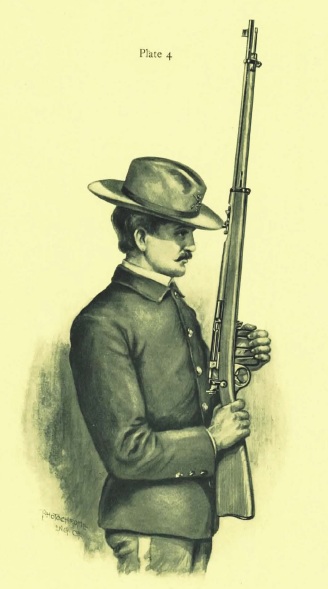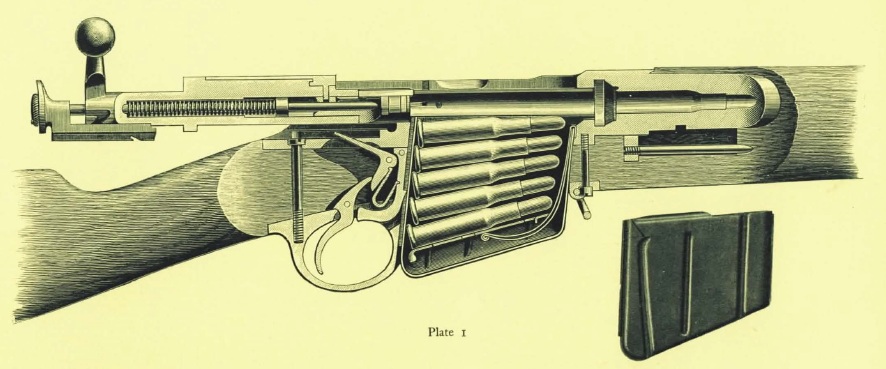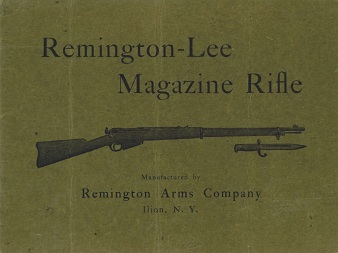James Paris Lee is one of the less recognized prolific arms designers in American history, between the Lee straight pull rifle adopted by the US Navy and the British Lee-Metford and Lee-Enfield rifles. One of his less successful designs (commercially speaking) was the modernization and adaptation of the M1885 Lee Navy rifle (in .45-70) into a .30-40 Government (aka .30-40 Krag) caliber. The rifle was intended for military service, but not adopted – ultimately less than 1500 were build for the commercial market.

Lee realized that successful modern rifle designs of his day would need to be well suited for the high velocity smokeless powder cartridges that were on the horizon, and he changed the Remington-Lee design to this end. Where the M1885 rifle was rear locking, the updated 1899 version used the standard Lee rear and safety lugs but also had two locking lugs on the bolt head.

The 1899 Remington-Lee used a 5-round single stack magazine, and had no manual safety. Instead, the cocking piece was designed to be easily gripped and had a half-cock notch. Safe carry was intended to be achieved by placing the rifle in half-cock. In addition to being expensive to manufacture (thanks to the multiple sets of locking lugs, which would requires some precision machining), the main design flaw of the rifle was a lack of a recoil lug on the receiver. The force of recoil was put onlt the thin wood around the magazine and wrist, and stocks were susceptible to cracking with extended use.
Manuals

